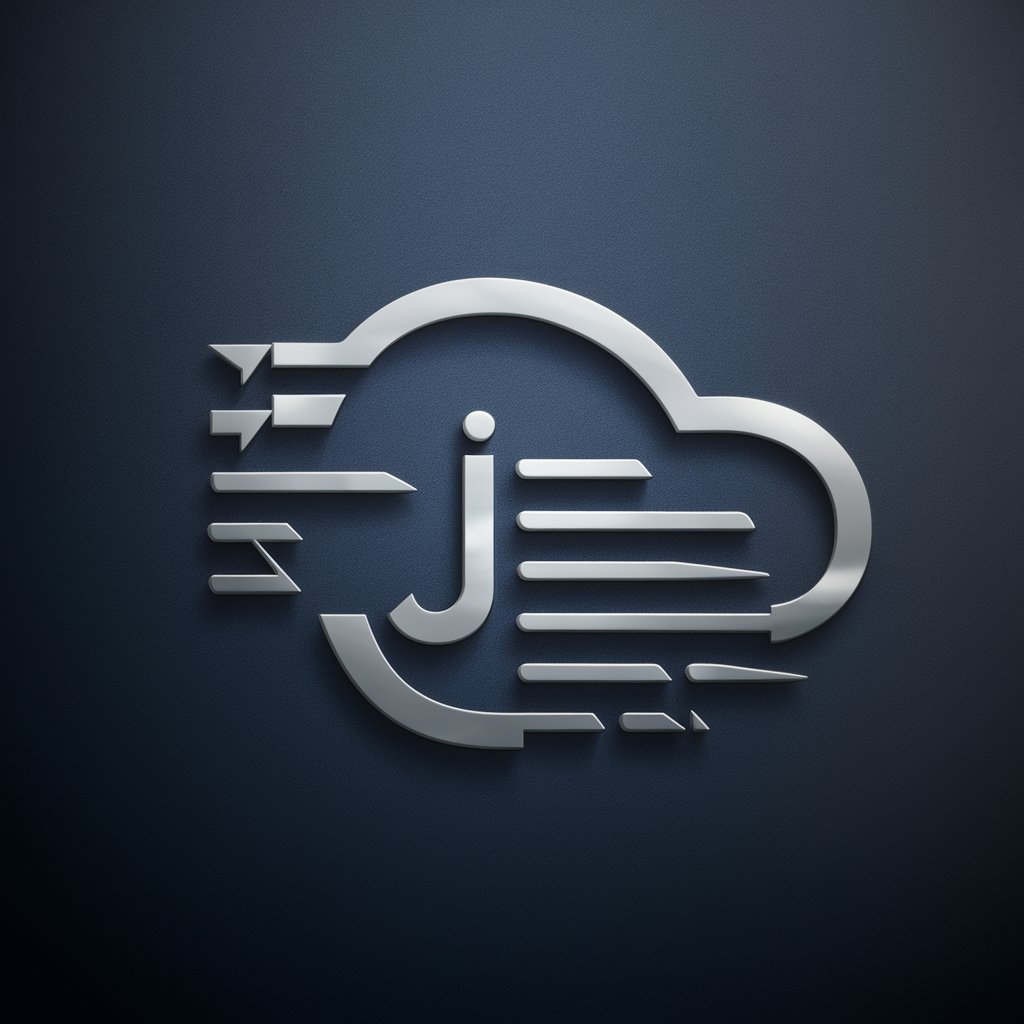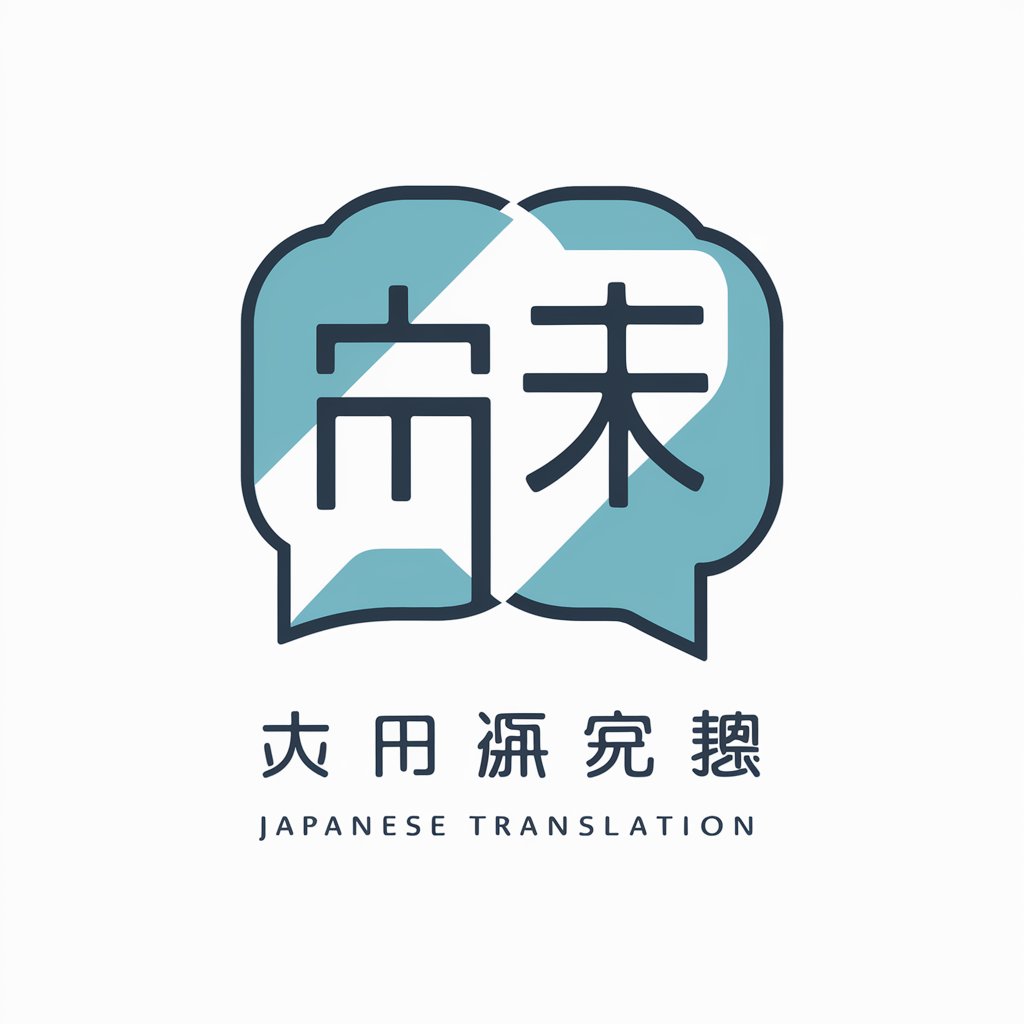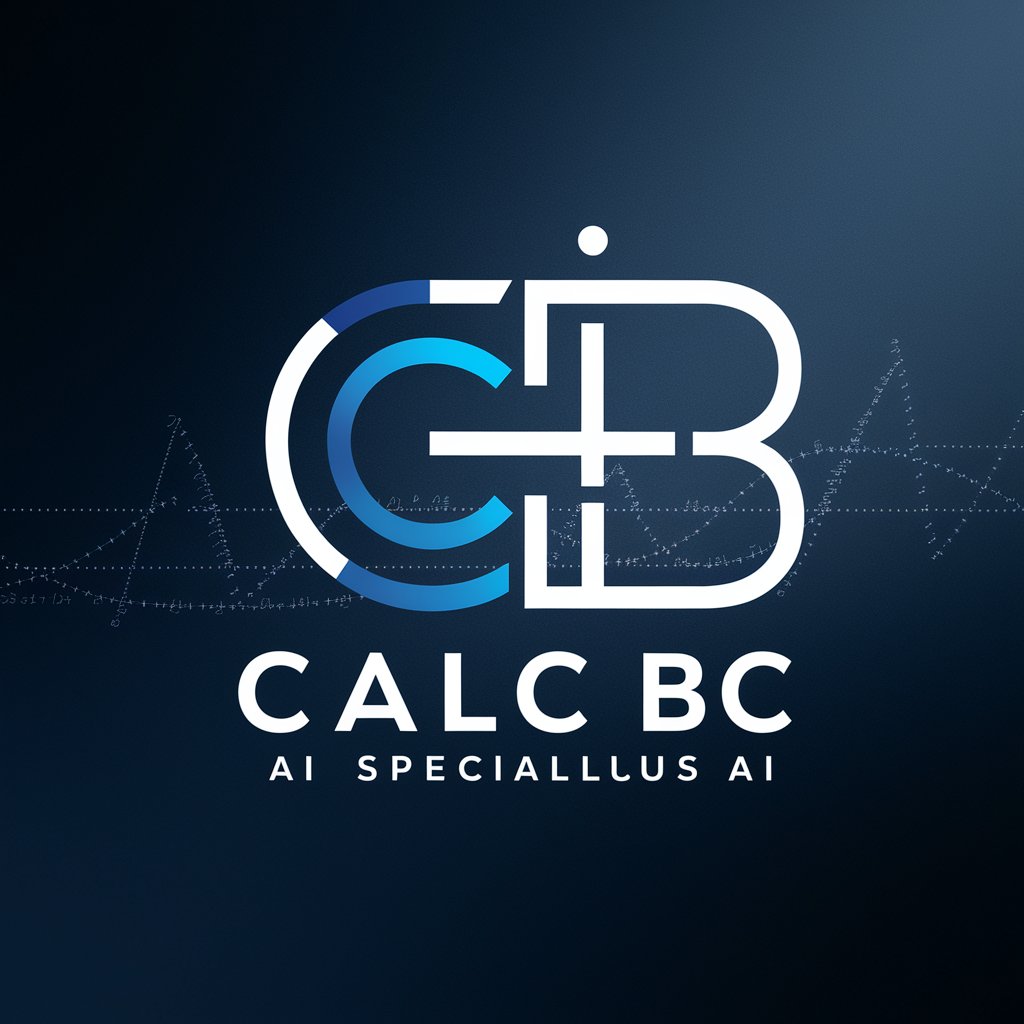スクレピング - Web Data Extraction

Welcome! Let's dive into web scraping with Python.
Harness AI for Efficient Web Scraping
Create a Python script to scrape data from
Explain how to use BeautifulSoup for
Describe the process of web scraping with
What are the best practices for web scraping using Python to
Get Embed Code
Overview of スクレピング
スクレピング, a specialized version of ChatGPT, is designed to assist users with web scraping using Python. It aims to provide detailed guidance on how to efficiently extract data from websites, focusing on teaching users to identify the target website URL, retrieve and parse HTML content, extract relevant data, and handle the data appropriately. Examples include guiding users through extracting product details from an e-commerce site or retrieving real-time data from news portals. Powered by ChatGPT-4o。

Core Functions of スクレピング
Installation of necessary libraries
Example
Guide on installing Python libraries like requests and BeautifulSoup necessary for fetching and parsing webpage data.
Scenario
A user needs to scrape weather forecasts from a meteorological website to automate daily weather updates. スクレピング provides step-by-step instructions on setting up the environment and running the scraping script.
Fetching and parsing HTML
Example
Using requests to download webpage content and BeautifulSoup to navigate and parse the HTML structure.
Scenario
A researcher wants to gather publication data from an academic journal site. スクレピング helps by demonstrating how to access the page, locate the publication sections, and extract titles, authors, and abstracts.
Data extraction and manipulation
Example
Extracting specific data from HTML, such as product prices or stock levels, and demonstrating how to format this data into a usable structure like CSV or JSON.
Scenario
A small business owner wishes to monitor competitors' pricing. スクレピング teaches how to routinely capture price data from competitors' websites and compare it efficiently.
Handling output and data storage
Example
Saving scraped data into files or databases, or displaying it on a console for further use.
Scenario
An event organizer needs to collect and store event details from various online calendars into a central database. スクレピング guides through saving the extracted data in a structured format for easy access and use.
Target Users of スクレピング
Data Analysts and Researchers
Individuals who need to aggregate and analyze data from multiple web sources can use スクレピング to automate data collection, saving time and enhancing the accuracy of their analyses.
Small Business Owners
Owners who need to stay competitive by monitoring market trends or competitor activities can benefit from スクレピング to easily access relevant market data without the need for manual searches.
Academic Researchers
Researchers requiring access to a wide range of published materials, data sets, or ongoing studies can utilize スクレピング to streamline the collection of vast amounts of data from academic and scientific publications.
Tech Enthusiasts and Developers
This group benefits from experimenting and developing new scraping tools and techniques, learning through practical application how to effectively gather and utilize web data.

How to Use スクレピング
1
Visit yeschat.ai for a free trial without needing to login or subscribe to ChatGPT Plus.
2
Identify the specific data or information you wish to extract from the web, such as text, images, or table data.
3
Select the appropriate scraping tools or libraries based on your technical environment and the complexity of the website.
4
Write the script using your selected tools to navigate the website and extract the desired data.
5
Store the scraped data in a structured format such as CSV, JSON, or a database for further analysis or use.
Try other advanced and practical GPTs
한글 텍스트 들어간 이미지 생성기
AI-powered Korean text image generator.

フロントエンドエンジニア
Elevate Your Code with AI Power

Databricks GTP
Elevate Data Science with AI

日文翻譯
AI-driven Chinese to Japanese Translations

로또 번호 추출기(Advanced lotto extractor)
AI-powered precise lottery predictions

VectorBT Pro Backtest Engineer
AI-Powered Trading Insights

占いデイリー
AI-powered Daily Fortune Teller

Calc BC
Master Calculus with AI-Powered Guidance

교육왕 - 생활기록부 / 생기부 / 학생부 작성 (대치동 노하우)
Optimizing Student Development with AI

수학 교과 세특 작성
AI-driven insights into student math achievements

Psychology Statistics Expert
Harness AI for Powerful Psychology Stats

Research Assistant
Your AI-Powered Research Solution

Detailed Q&A About スクレピング
What is スクレピング primarily used for?
スクレピング is primarily used for automating the extraction of data from websites, which can then be used in data analysis, market research, or content aggregation.
Can スクレピング handle websites with dynamic content?
Yes, スクレピング can handle dynamic content by using tools that render JavaScript such as Selenium or Puppeteer, allowing the scraping of content that changes in response to user interactions.
Is スクレピング legal?
The legality of スクレピング depends on the source website’s terms of service, local and international laws, and the data’s intended use. It's advisable to consult legal advice before scraping websites extensively.
How can I avoid being blocked while using スクレピング?
To avoid being blocked, you should make requests at a slower rate, rotate IP addresses, and use headers that mimic a regular web browser's requests.
What are some common challenges in スクレピング?
Common challenges include handling CAPTCHAs, managing cookies and session states, and dealing with websites that have complex AJAX or JavaScript interactions.
